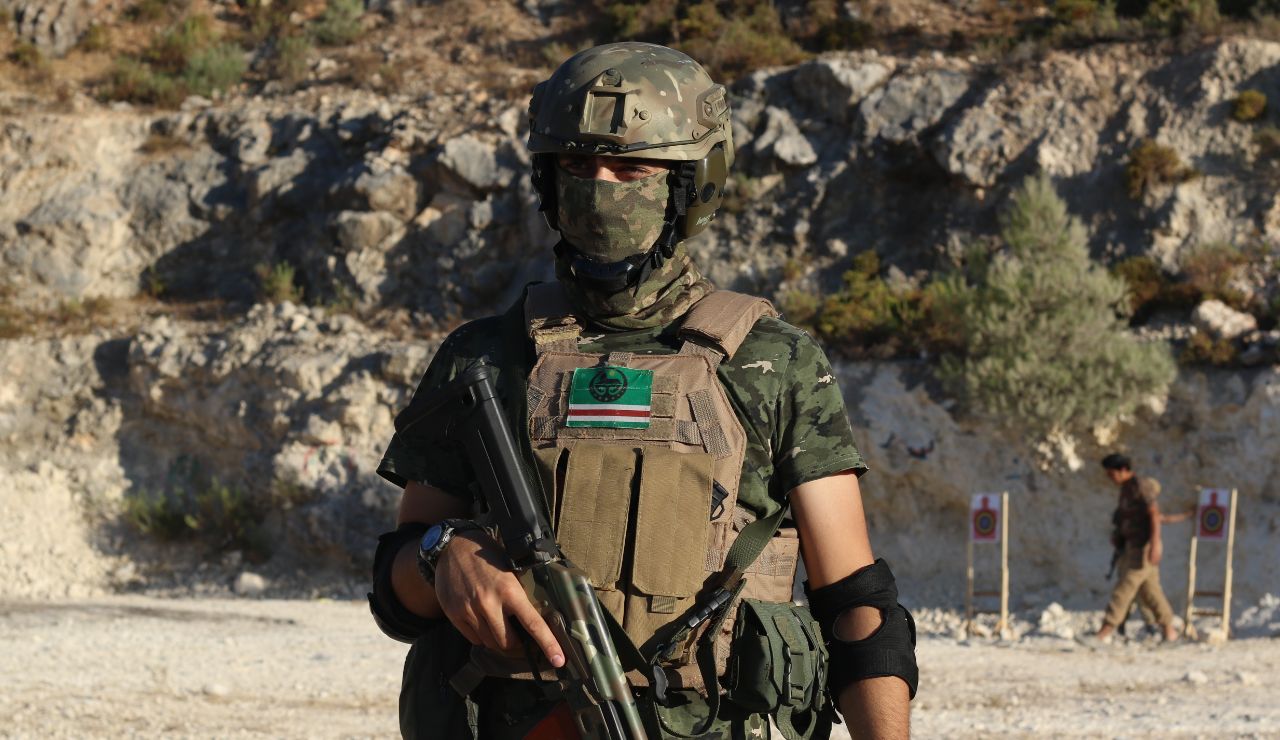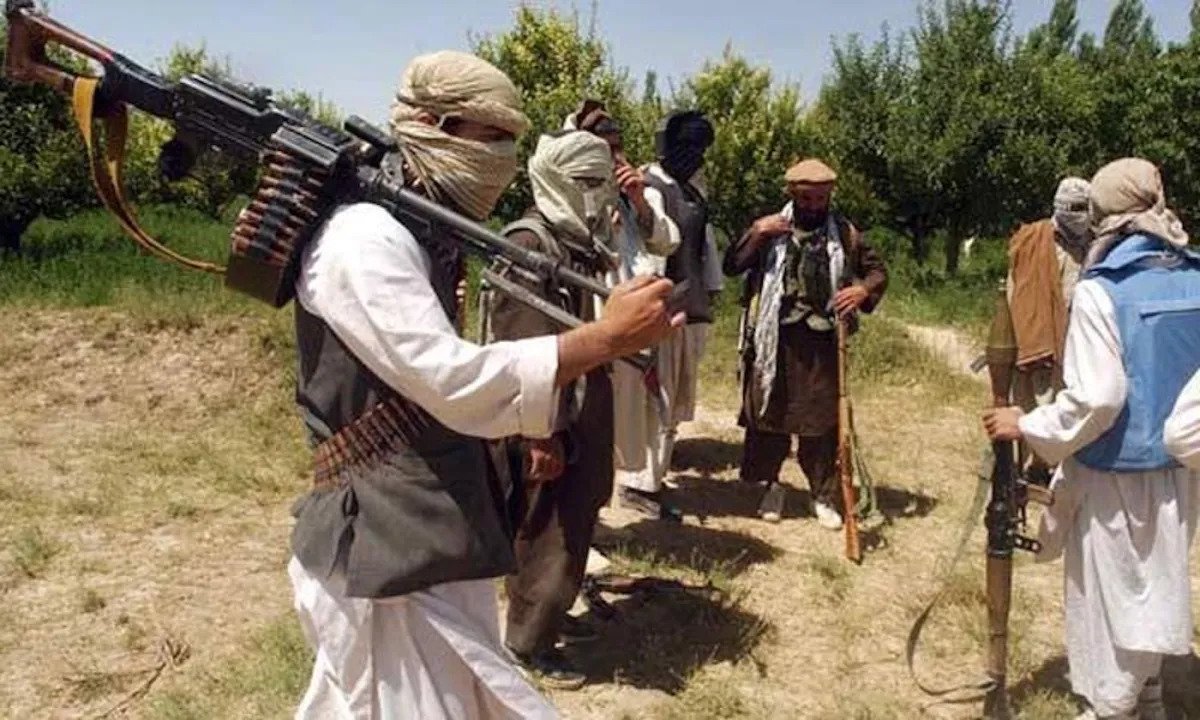As a bloc, the EU has been unable to convert its geo-economics heft into geopolitical traction. Part of it stems from the way Europe’s post-World War security was outsourced to the US
Swasti Rao
The internal and external reference points of what was once the European security order have undergone a fundamental shift after the war in Ukraine started on 24 February 2022. To its credit, Europe has been quick to condition itself to the radically changed realities but lot of that re-conditioning continues to be economically painful.
While Europe’s latest security misgivings are pegged on the war in Ukraine and the geopolitical bifurcation between the US and China, it also finds itself grappling with diverse political opinions, energy security crises, the challenges of climate change and the need to accelerate green transition. There are compulsive arguments of an indivisible security between Europe and Asia that connect a lack of resistance against Russia to aggravating tensions over Taiwan amid worsening US–China relations.
All of this has triggered staggeringly high defense spending by several actors. At the same time, there has been a rise of the global South fuelling a multipolar world order where a group of countries—what Europe identifies as ‘Consequential Hedgers’—refuse to identify with Europe’s problems.
As a bloc, the EU has been unable to convert its geo-economic heft into geopolitical traction. Part of it stems from the way Europe’s post-World War security was outsourced to the US. The bloc was single-mindedly immersed in the pursuit of the world’s most successful inter-state economic integration experiment—the European Union.
Russia’s war in Ukraine has once again tugged at the root of this transformational paralysis within the EU. The key difference is that this time around, the bloc has nothing to hide behind. Neither diplomacy, engagement, trade, persuasion have prevented Europe’s worst nightmare—the return of war on its soil. But since it has, so have the deliberations on how should the continent provide for its security, re-embark on the pursuit of strategic autonomy and balance its dependence on NATO. It is evident that the bloc is mulling a viable security architecture that can rise up to the occasion and provide teeth to the EU’s security worldview.
The most systematic attempt to this end was manifested at the recently concluded Schuman Defense and Security Forum, a flagship security dialogue held under the aegis of the European External Action Service. The Schuman Forum is remarkable for attempting to develop EU’s security capabilities in two parallel and complementing major verticals of engagement—one with NATO and the US and another with forging global defense partnerships. Despite the remarkable plans, myriad challenges exist at multiple levels, which unless addressed, are likely to impact the desire of the European Union to emerge as a global security actor and provider.
The future of Europe’s security architecture will depend largely on how well it blends its dependence and deepening with NATO on the one hand and its quest for strategic autonomy on the other. From Europe’s perspective, the two verticals should complement each other. It is indeed counterintuitive to imagine that mutually exclusive pursuits of seeking freedom while deepening dependence would not intersect sooner than later. But for now, Europe has agreed upon reconciling the two to ensure an optimal outcome.
The first vertical of EU security is, unarguably, deepening ties with NATO that the war in Ukraine has cemented. While the panel discussions at Schuman highlighted deepening cooperation with organizations like the UN, regional organizations like the African Union and ASEAN and Common Security and Defense Policy (CSDP) missions for crisis management and stabilization, the EU’s evolving association with NATO remains the most pronounced.
The January 2023 EU–NATO Joint Declaration ramps up this association with a sharper focus on Climate Change, Space, Artificial Intelligence, emerging and disruptive tech. The declaration promises deeper engagement with a broad-spectrum range of security concerns. It condemns the actions on Russia and is mindful of the need to address China’s growing assertiveness and policies. The document endorses NATO’s Strategic Concept and the EU’s strategic Compass and calls for forging a deeper EU–NATO cooperation.

The joint statement recognizes the value of a strong and a more capable European Defense that is ‘complementary to’ and ‘interoperable with’ NATO. It also recognizes the need to take the transatlantic alliance beyond Europe with a smart combination of political, economic and military instruments that the two alliances have at their disposal. It further develops the idea of the expansion of the transatlantic security theatre into other geopolitical arenas, namely the Indo-Pacific.
More and more members of EU and NATO are becoming common to each other. The increase in overlapping membership with Finland already in NATO, Sweden next in line and Denmark incorporated fully into Common Security and Defense Policy (CSDP) , shows that the combined heft of the two is slated to grow.
The second vertical is the quest for achieving more strategic autonomy. While this has been the mantra in inner discussions within the EU parliament and Commission for a few years, especially after President Emmanuel Macron rose to prominence in the bloc, the war in Ukraine has pushed it to become a ‘performative’ in the true sense. Discussed below are some characteristics of the performative aspect of EU’s strategic autonomy:
The military support aspect has been best elucidated in EPF’s support to Ukraine. EU High Representative Josep Borrel has also asserted that the EPF is a truly global instrument and not limited to Ukraine, thereby signaling the adoption of next military help to Niger and Somalia. What gives more credibility to EPF is that EU is providing military training to 30,000 Ukrainian troops in 2023 and recently formed consensus on sending one million ammunition shells to Kyiv.
The second tool is to foster better dialogues and consultations with key partners. In line with emerging security domains, such engagement is to be furthered through EU’s new Space Strategy and an updated Maritime Strategy. On 10 March 2023, the bloc adopted the first ever EU space strategy. It is based on four pillars of ensuring shared understanding, enhancing resilience, developing dual use capabilities and fostering global partnerships. This strategy would draw on pooling member states space capabilities, space situational awareness and intelligence.
The same formula has been applied to utilizing member states’ deployments in the maritime domain under the EU’s Coordinated Maritime Presence. The objective of CMP is to enable the bloc gain a more prominent global maritime presence. The way to do so is by deploying member state’s maritime and air assets on a voluntary basis.
Thirdly, since the above-mentioned initiatives are aimed at countering emerging threats, they do get a further push from the new EU hybrid toolbox (EUHT) that was introduced a few months after the war in Ukraine. EUHT provides a framework for a coordinated response to hybrid campaigns affecting the EU and its member states. Hybrid threats combine military and non-military as well as covert and overt means, including disinformation, cyber-attacks, economic pressure, and deployment of irregular armed groups and use of regular forces.
It also entails the development of the Foreign Information Manipulation and Interference Toolbox (‘FIMI toolbox’), which will strengthen EU’s ability to detect, analyse and respond to the threat, including by imposing costs on perpetrators. One of the earliest tests for the EUHT will relate to EU’s support for Moldova. The ex-Soviet state has claimed to be under a hybrid threat from Russia and looks forward to building collective approach to resilience with the help of EUHT.
For a bloc that functions on consensus of its 27 members states, it is an uphill task to co-develop norms around emerging threats both within and globally in a cost and time effective manner. France’s and Germany’s nuanced approach towards Russia has been often cited as a caveat towards sustaining EU’s unity vis-à-vis Ukraine in the long run. The bigger European economies’ proposition to China has already become a complex terrain of balancing de-risking with trade benefits. With Beijing, Brussels is paying the price of ignoring geopolitical risks and focusing on economic engagement. The ‘Voodoo politics’—a belief that a problem left unattended will go away by itself —can no longer work with EU’s China policy. But the ‘de-risking’ has to operate in the real world to prove its resilience and strength in getting the right blend of containment and engagement.
The era of the peace dividend is over for Europe. As the war in Ukraine continues, the bloc’s evolving China policy is still ambiguous in effect. The continent stands on an inflection point. The policies endorsed at the Schuman Forum will have to operate along the two verticals separately as well in complementarity to save the continent from the risks of de-linked security landscape. For the EU, a viable security solution and a global security posture will have to re-link Europe’s security concerns with equally viable instruments that have support from within and without.
Dr Swasti Rao is Associate Fellow at Manohar Parrikar Institute for Defense Studies and Analyses
Views expressed are of the author and do not necessarily reflect the views of the Manohar Parrikar IDSA or of the Government of India.
This is an abridged version of the article which first appeared in the Comments section of the website (www.idsa.in) of Manohar Parrikar Institute for Defense Studies and Analyses, New Delhi on May 9, 2023



























